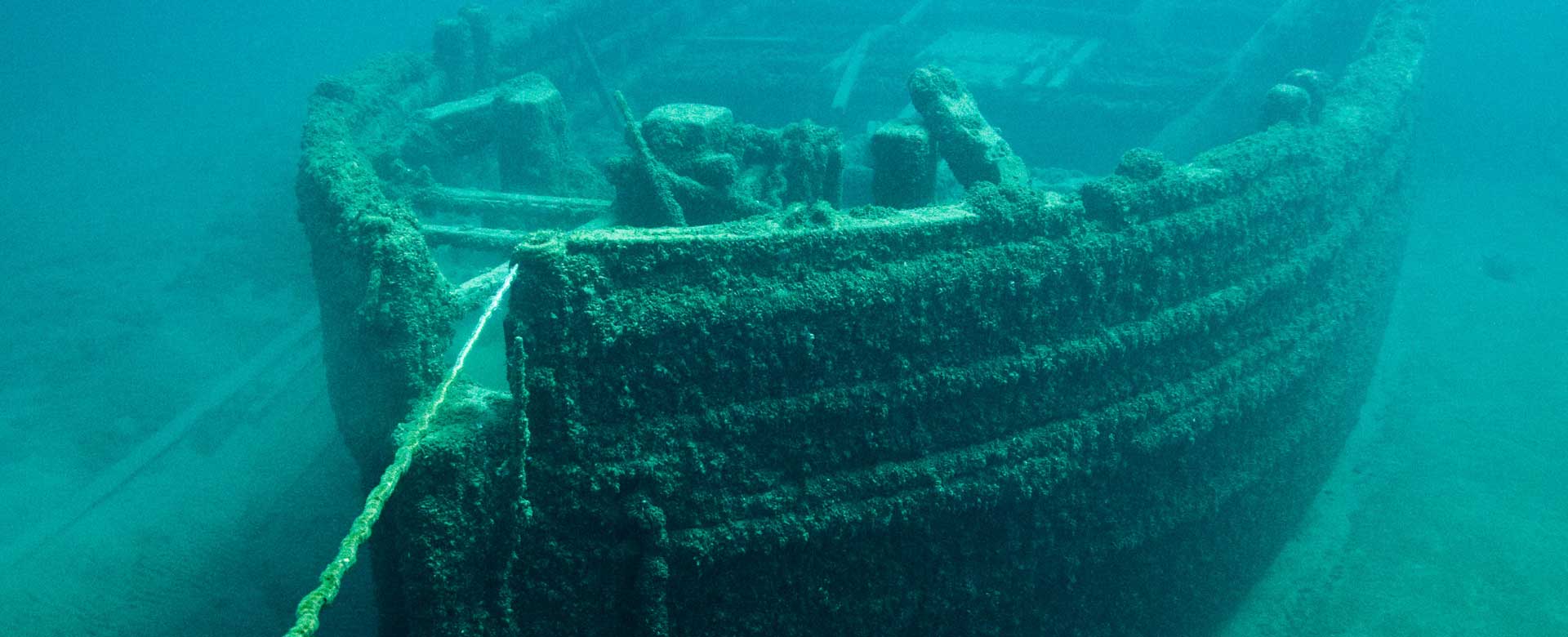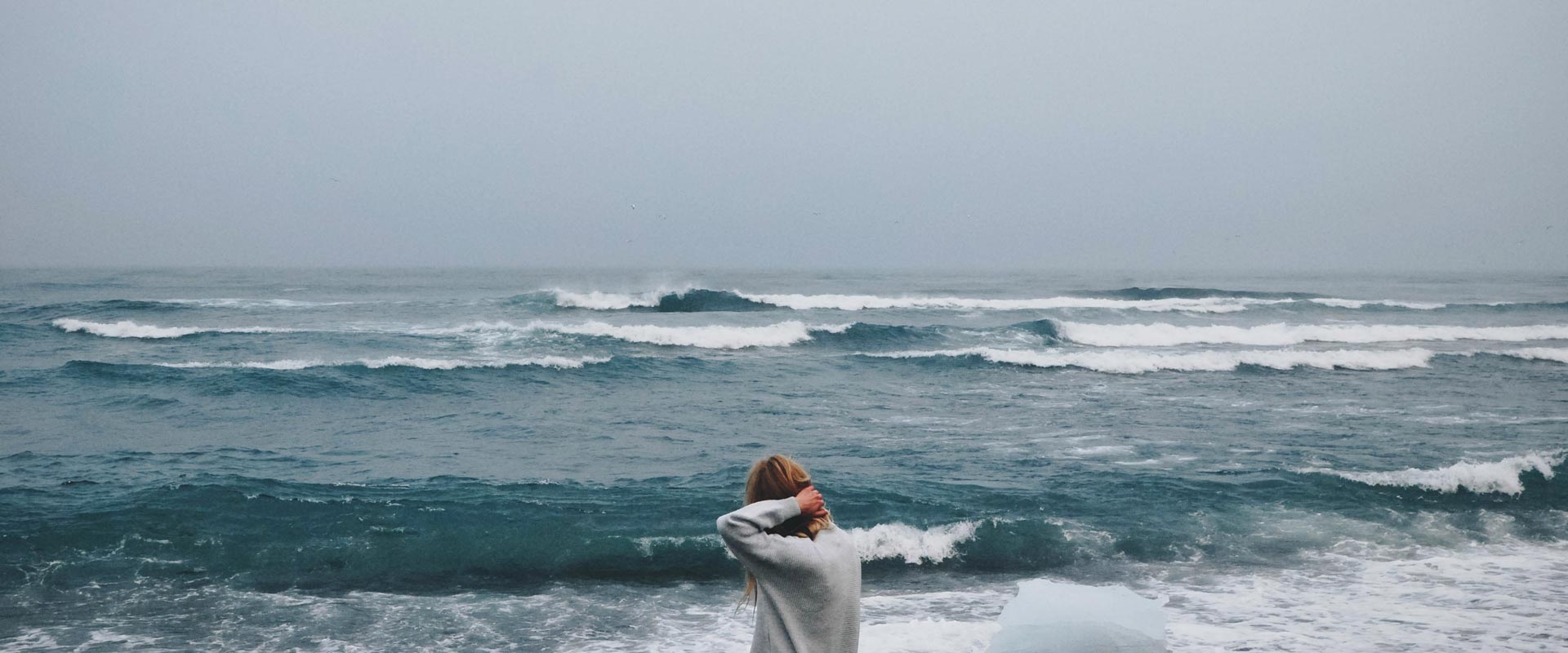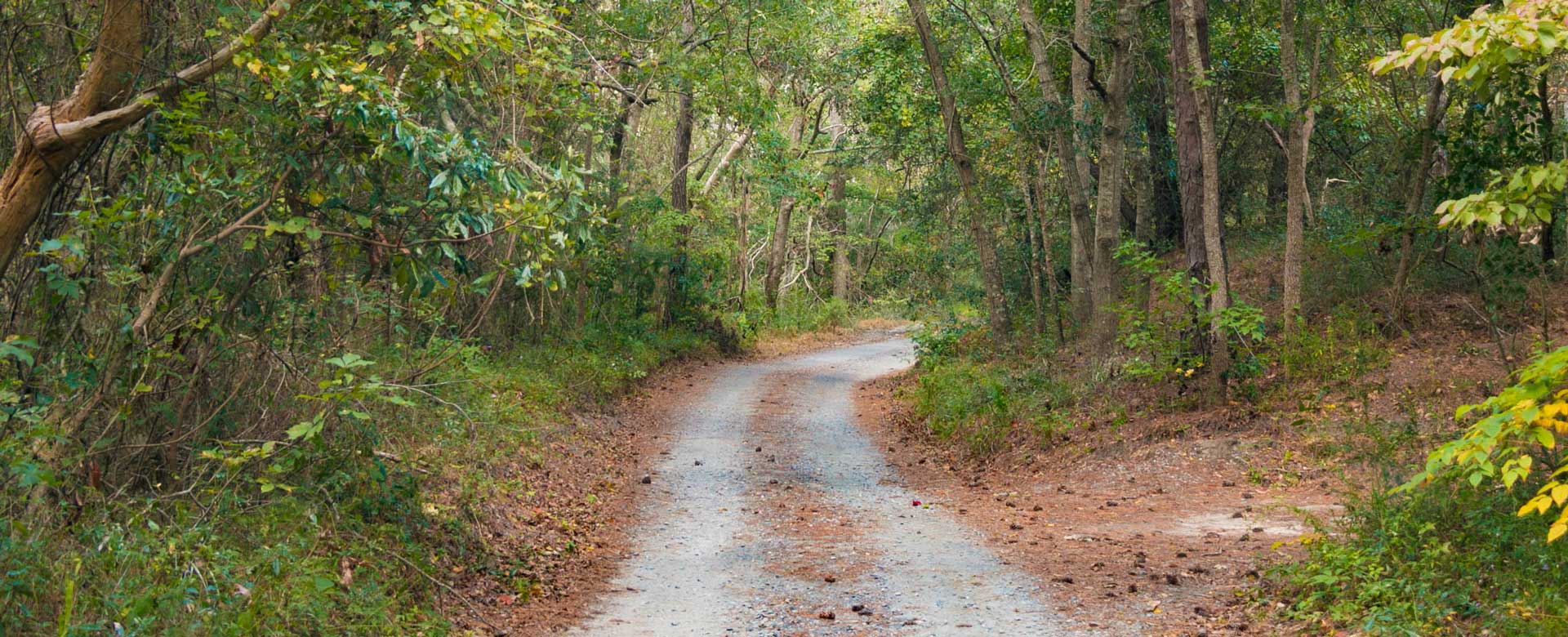The Graveyard of the Atlantic
The Outer Banks is home The Graveyard of The Atlantic. With a ghost fleet of sunken ships that span from the Chesapeake Bay all the way down to the OBX, our waters are known for some of the coolest shipwrecks on the east coast. Due to the meeting of the Labrador and Gulf Stream currents, a trap is formed in the water. This in combination with the massive hurricanes our coasts can see, resulted in a graveyard of sunken ships. The Hatteras coast alone is home to 600-1000 sunken ships!
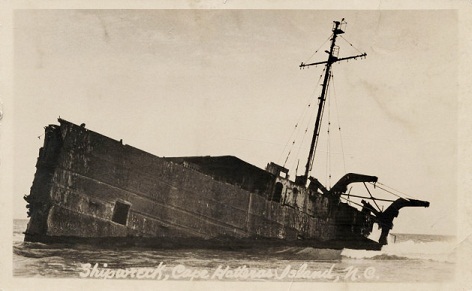
The War + Sunken Ships
Treacherous water and weather are not the only causes for the massive amount shipwrecks off of Hatteras Island. During both World War I and II, multiple German U-Boats sank. This left behind a scattered underground reminder of a dark part in history. The sunken remains are a favored site for adventurous divers today.
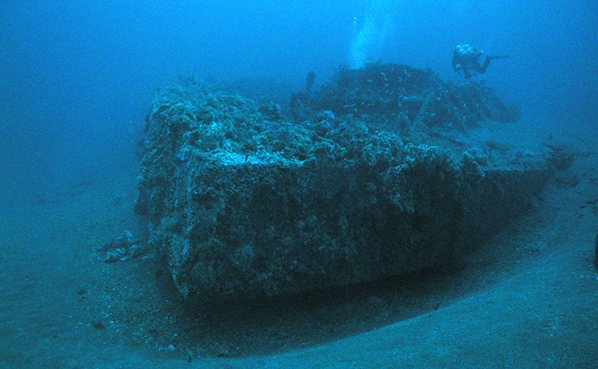
The USS Monitor is one of the most well-known shipwrecks. Built during the Civil War, this 987-ton turret gunboat was the first ironclad warship commissioned by the US Navy. The Monitor was caught in a heavy storm 16 miles off the coast of Cape Hatteras, when headed to Beaufort, NC. The boat ultimately sank to the bottom of the ocean. The USS Monitor was rediscovered at a depth of 220 feet 111 years after it disappeared. To preserve the ship and wreckage, the first U.S. marine sanctuary was designated within a .5 nautical-mile radius of the discovery off of the Hatteras coast.
There are many sites of sunken ships offshore for divers to explore. There are also many shipwrecks which are buried right under our feet! Due to shifting shorelines, some shipwrecks are buried in the sand on our beaches. Some are uncovered only by storms and some are still in plain sight! The following shipwreck remains can be found by foot:
Laura A. Barnes
A 120-foot four-masted schooner out of Camden, ME set sail from New York to South Carolina. As a result of the shallow waters, she came ashore on Bodie Island during dense fog on the night of June 1, 1921. After tossing through wind and waves, the wreck settled about a mile south in the sand at Coquina Beach. It can be seen at the Graveyard of the Atlantic Museum in Hatteras.
Lois Joyce
One of the Outer Banks’ most recent shipwrecks! This 100-foot commercial fishing trawler lost in 1981 while attempting to enter Oregon Inlet during a December storm. The entire crew was rescued by Coast Guard helicopters but the $1M ship was completely lost. The wreck can be seen at low tide at the mouth of the Oregon Inlet.
Oriental
This federal transport steamship in the Civil War ran aground 25 miles north of Cape Hatteras in May 1862. It’s exposed boiler and smokestack can still be seen sometimes in the surf off of Pea Island National Wildlife Refuge in Rodanthe.
G.A. Kohler
This boat was pushed ashore just south of Gull Shoal Station by a hurricane in August 1933. The four-masted schooner remained stranded on the beach for 10 years. Rumor has it, the captain sold the wreck to an Avon resident for $150. The Kohler was burned during World War II for her iron fittings but today the charred remnants remain. They’re planted at Ramp #27, four miles south of Salvo.
Margaret A. Spencer
This wooden ship has a wreck date unknown. It lies keel (bottom) up at the shoreline 14 miles south of Oregon Inlet Campground.
The Graveyard Of The Atlantic Today
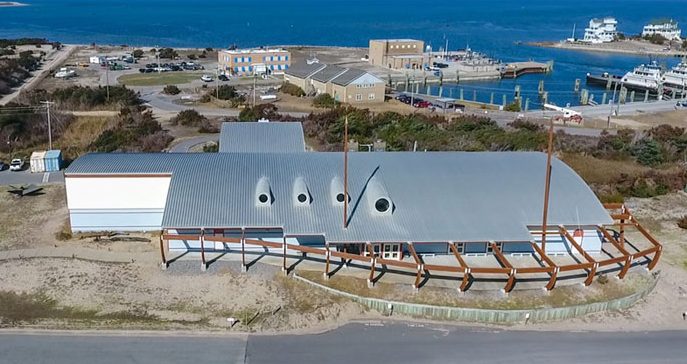
Our coast is constantly changing as the wind and the tides shape the land. This lengthy list of shipwreck sites could be here today…and gone tomorrow with new ones constantly appearing!
Plan a vacation with your most adventurous friend or loved one! Come explore the remains and the myths of Hatteras Island yourself, For information on planning an Outer Banks vacation, visit us here or give us a call at 1-800-458-3830.


